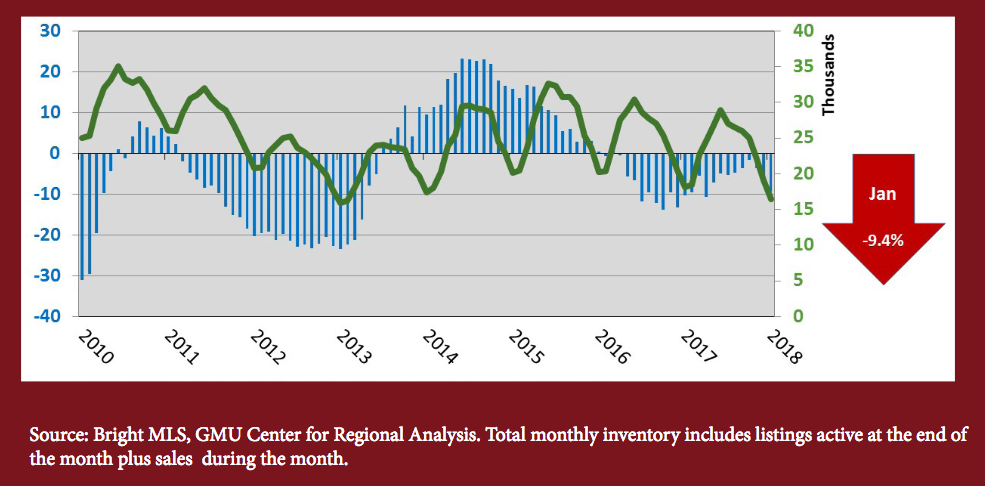Earlier this month, Prime Settlement was invited to the popular annual Spring Housing Briefing, sponsored by Apex Home Loans, one of the lending partners we regularly work with. It was an engaging daylong event packed with useful information that we think might be of broader interest. Here are some of the most relevant things we learned.
National trends in the real estate market
While sales of new and existing homes remain below the peak years we experienced in 2005 and 2006, they continue to improve each year since the bubble burst. We take this long rebound seriously in several ways: one is that the tightening of lending practices has led investors seeking quick wins to look elsewhere. The market’s traditional core, long-term investors, may need some fresh ideas when they start to look for mortgages and related funding. For aspiring homeowners and professional investors alike, lending practices have become more strict, which is why we’ve worked to expand our network of lenders and sources of capital.
Consumer confidence has continued to trend upward in a similar way. Long-term home ownership looks more and more attractive in a confident market, and means that properties that sell are less likely to flip to new owners than they were in the days when speculation drove a larger share of market activity.
What this means for the DC real estate market in 2018
These national trends indicate that buyers will have to look much harder for bargains in the DC area in 2018 and the regional statistics shared by Terry Clower of George Mason’s Center for Regional Analysis reinforce this point. Inventory of existing homes is down 9.4 percent throughout the Washington area and the number of active listings in D.C. has continued to dwindle, down 9.8 percent from 2017.
Inventories of Existing Homes – Month-over-Year, 2010-17, MSA

Active Listings, January 2017 – January 2018

New construction adds to that inventory, but not without some constraints. The costs of materials, labor, and financing are all expected to affect housing starts. This takes into account a wide range of variables: everything from the impact of last year’s hurricanes to speculation about next year’s decisions by the Federal Reserve on interest rates. All in all, we see a market where a lot of the bargain-hunting has already been done.
Solutions for growth in a slow market
So what can lenders and real estate agents do in this rollercoaster-like environment? To build your market share during a time when the market is on the down side of a cycle, the best tactic is to proactively cultivate and expand your current relationships and business network. Make sure the real estate professionals on your team and the clients you meet are relevantly and regularly engaged and that they understand the value you provide, the services you offer, and that you are still working hard for them. Instead of hiring to handle transaction volume, take a look at your business development and customer service processes. What can be improved or cut? What are your marketing practices? What does your lead generation pipeline or content calendar look like? Are you consistently putting yourself in front of your best clients and leveraging them to spread the word about the work you do, and using all possible means to attract new ones?
It’s also a great time to ramp up the educational side of your business. Sponsoring or participating in these events puts you in the same room with relevant peers and motivated clients. For Prime Settlement, this means a series of intimate happy hours as well as several educational workshops, such as helping new realtors avoid common mistakes that can derail closings. Events like these can help strengthen business relationships as well as cultivate new clients and expand your network.
We’re also always posting to our social media sites and producing content that is interesting and valuable to our key audiences. The goal is to keep them informed, provide valuable information that they need to improve their business, and let them know that we are always here to help.
When inventory is limited and the cost of new home projects is uncertain – the kind of market we expect to see in 2018 – it’s more important than ever to stay in front of your clients, provide valuable and actionable advice, and cultivate the referral systems that will bring buyers and sellers to you when they’re ready.

